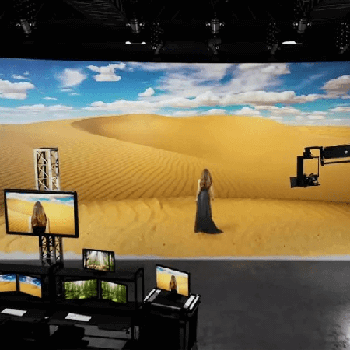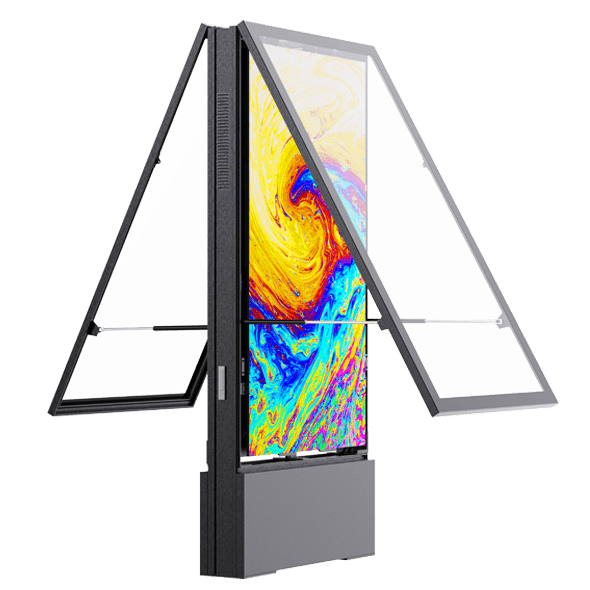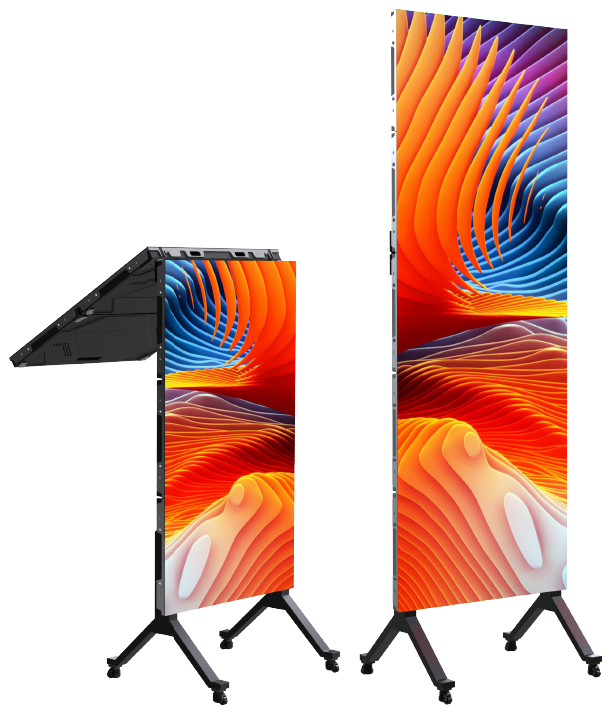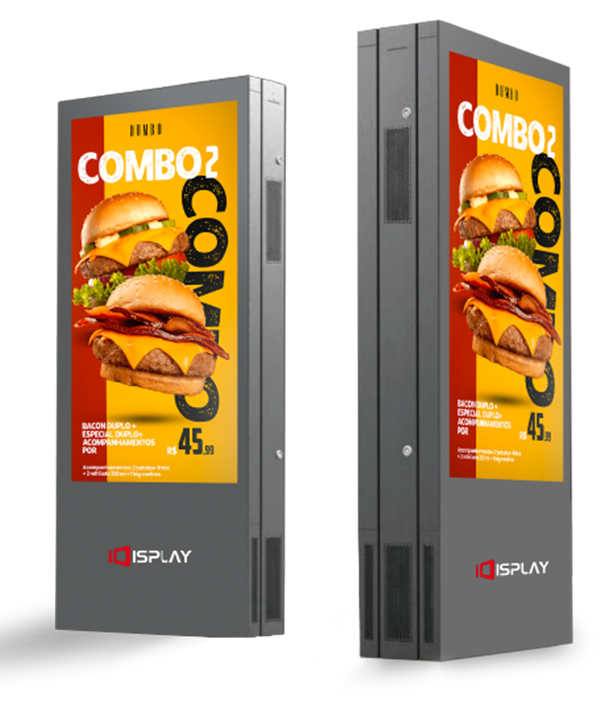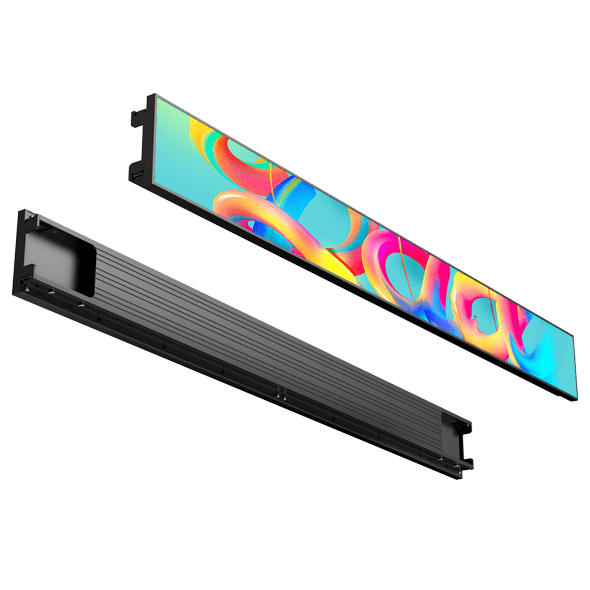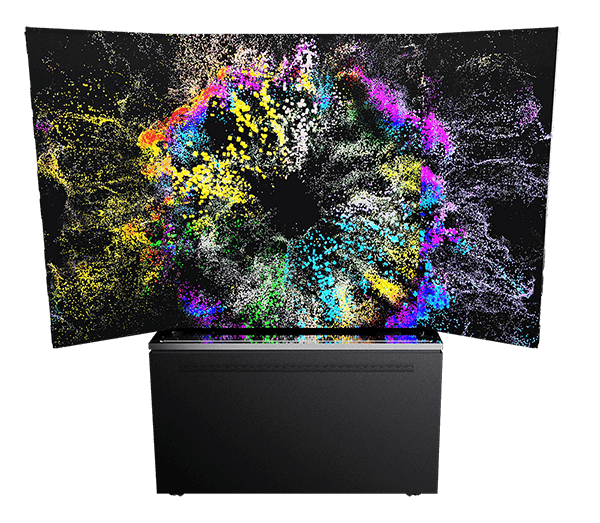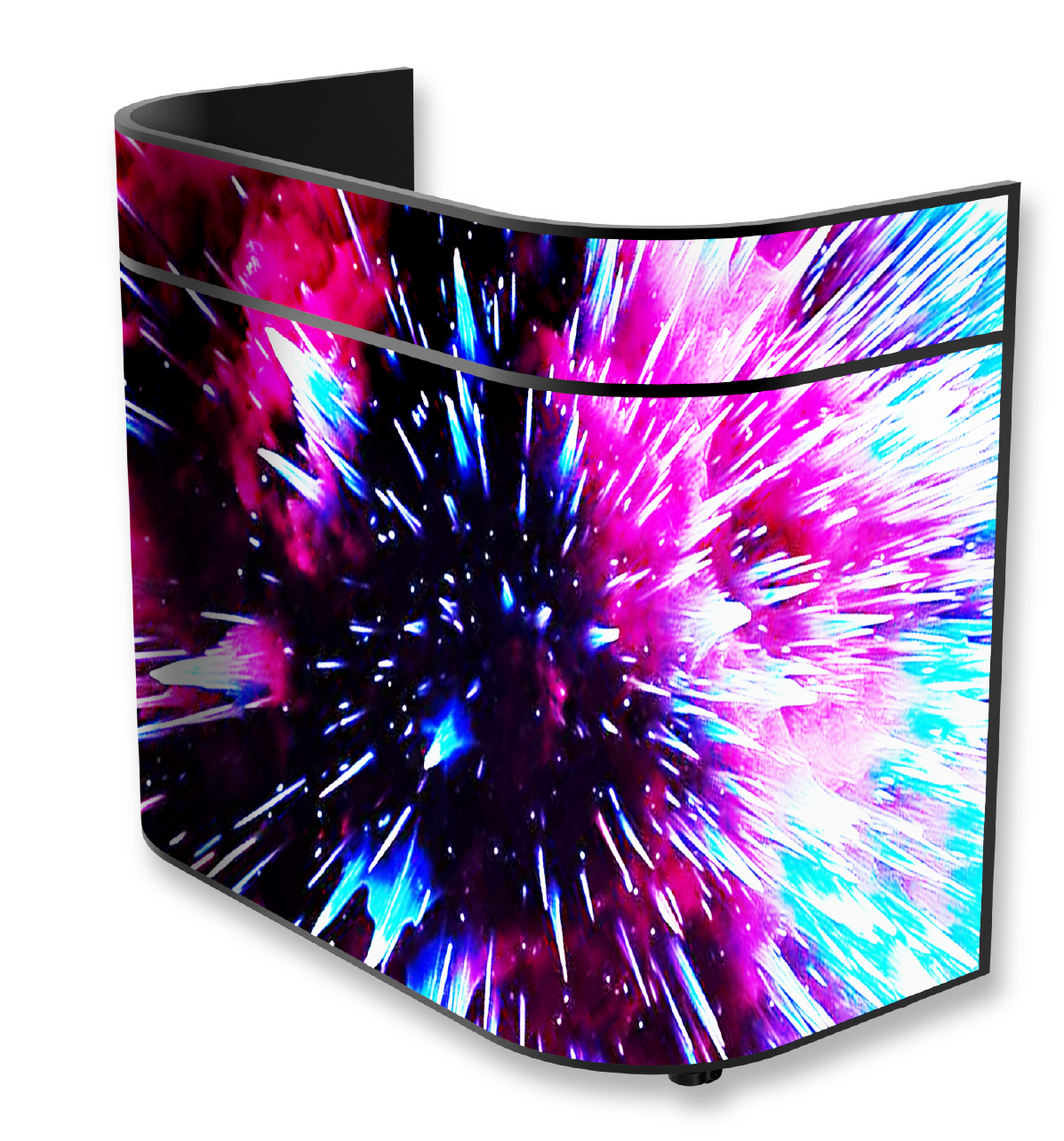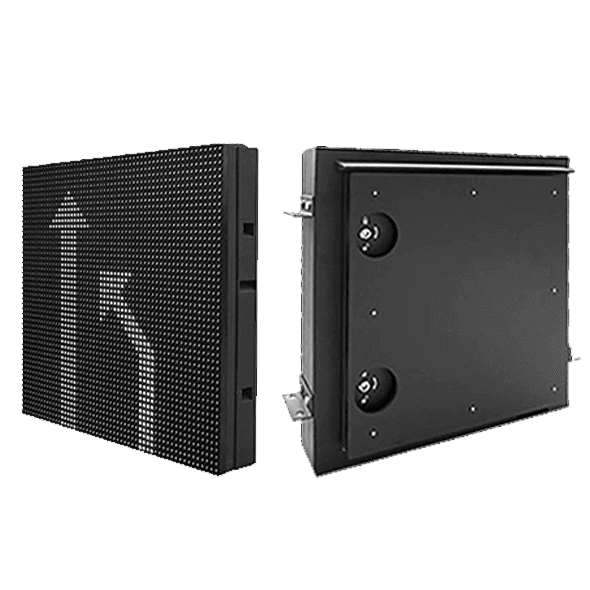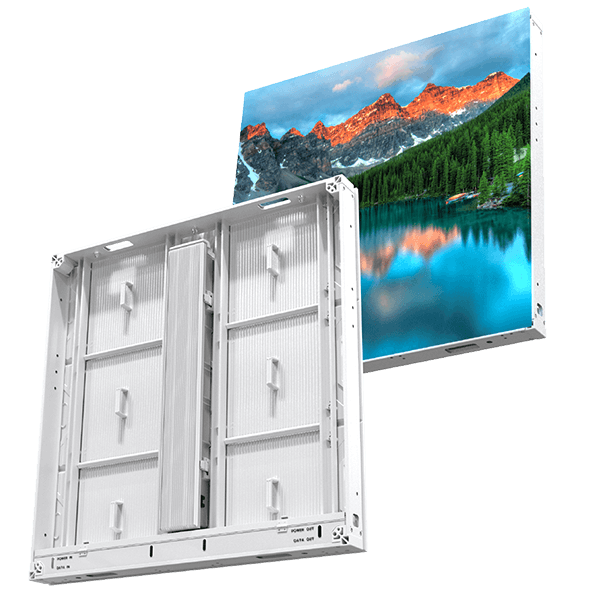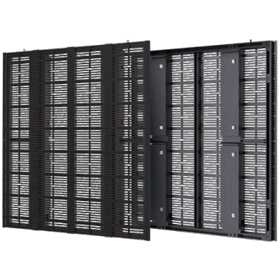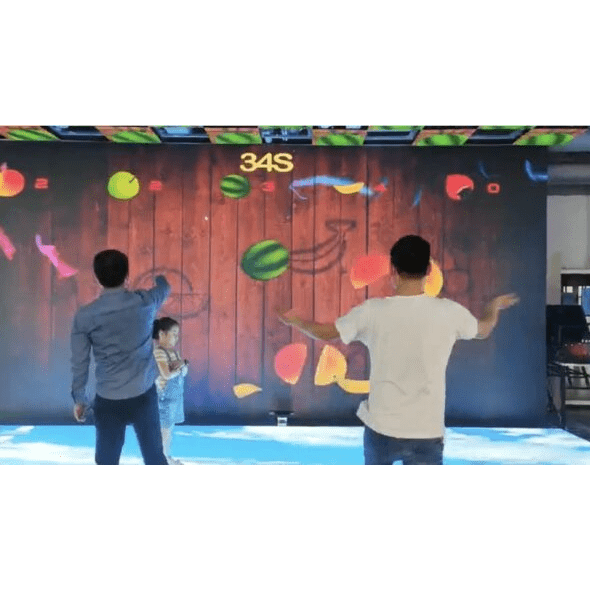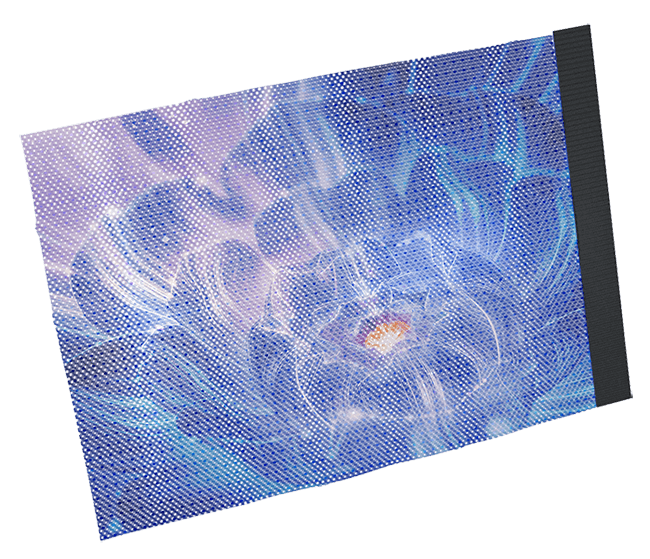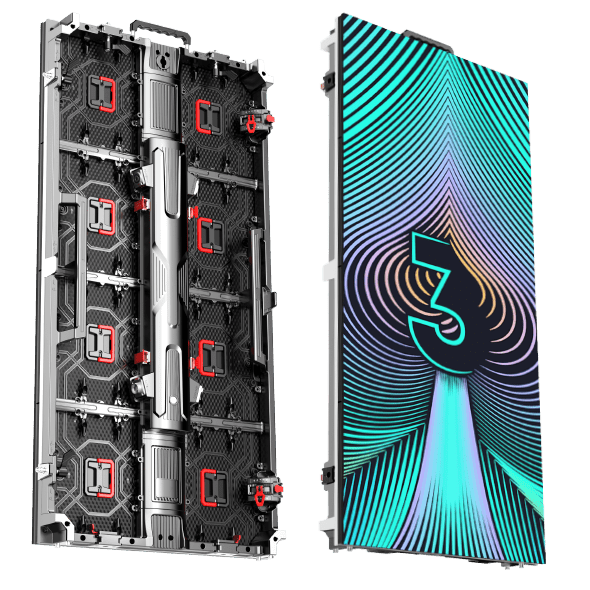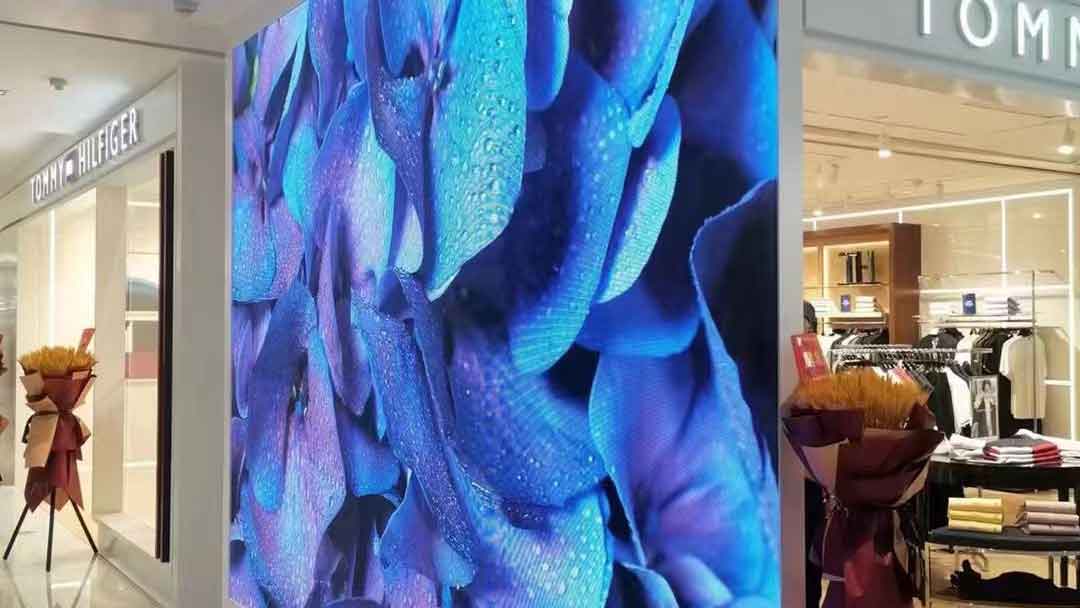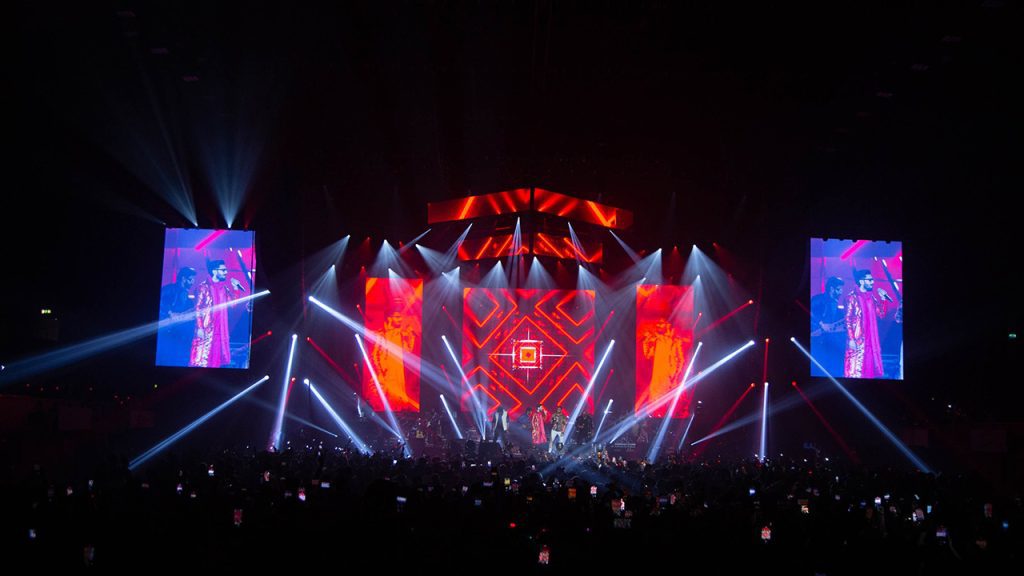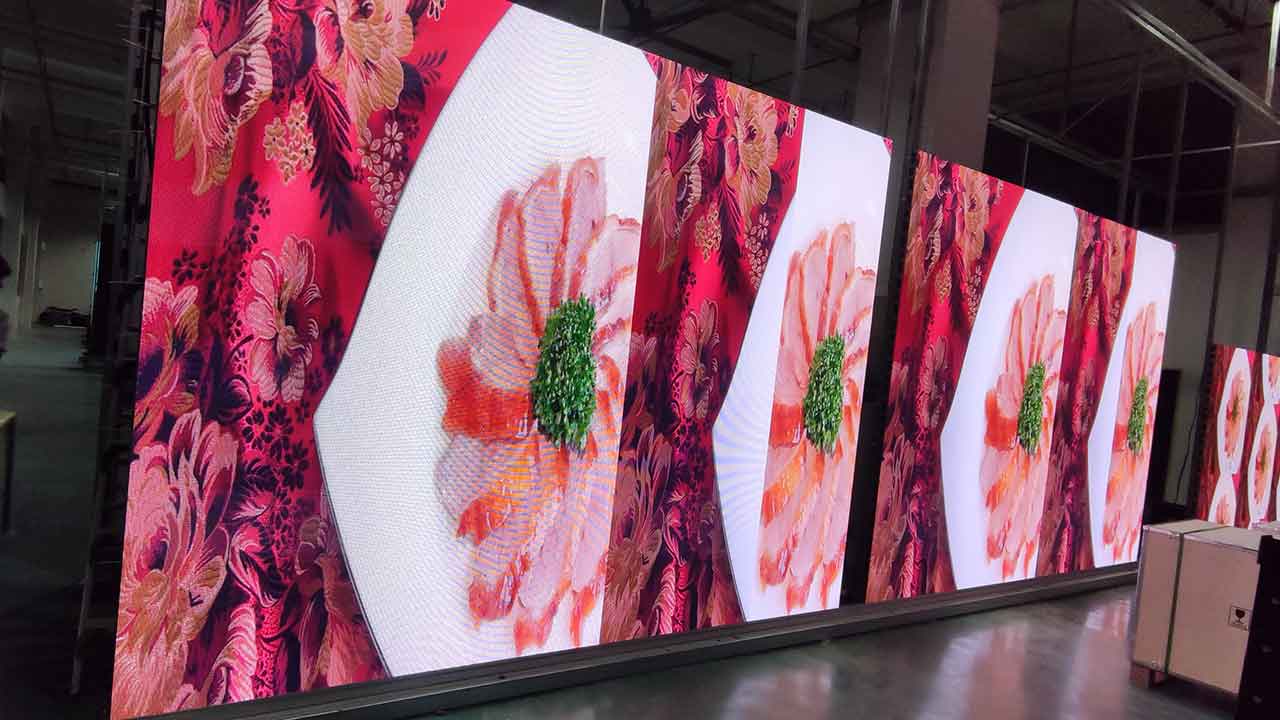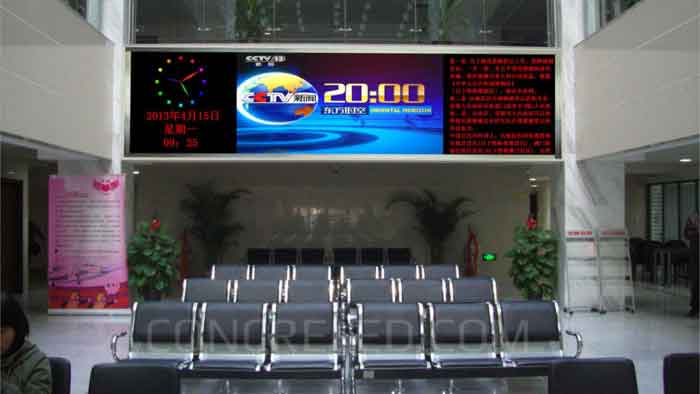Video walls are becoming increasingly popular across various sectors, from retail and entertainment to corporate and public spaces. They offer a powerful way to engage audiences with dynamic, large-scale visuals. However, selecting the right video wall can be daunting, especially with the wide range of options available in the market. To help you make an informed decision, here are six essential tips for choosing the perfect LED video wall for your needs.
1. Consider the Size and Resolution
The first step in selecting a video wall is determining the size and resolution that best suits your space and content needs. LED displays come in various sizes and pixel pitches (the distance between pixels). For instance, smaller pixel pitches like P1.25 or P1.66 are ideal for close-up viewing in indoor settings, offering higher resolution and sharper images. Larger pixel pitches like P5 or P10 are better suited for outdoor displays where viewers are farther away. Always align the size and resolution with the viewing distance and the level of detail required for your content.
2. Assess the Brightness Requirements
Brightness is a crucial factor that can significantly impact the visibility of your video wall. Indoor and outdoor LED displays have different brightness requirements. For indoor displays, a brightness level of around 800 cd/m² is generally sufficient, while semi-indoor displays may need around 2000 cd/m². Outdoor displays, exposed to direct sunlight, require a much higher brightness level, typically over 4000 cd/m² or even 8000 cd/m². Make sure to choose a video wall with adequate brightness to ensure clear visibility in your specific environment.
3. Evaluate the Aspect Ratio
The aspect ratio of your video wall is another important consideration, as it affects the overall viewing experience. The aspect ratio should complement the content you plan to display. For instance, video screens commonly use a 4:3 aspect ratio, which works well for standard video formats. However, for custom content or graphical displays, the aspect ratio can be more flexible, tailored to the specific design and layout of your space. Ensure the aspect ratio of your video wall aligns with the intended content to maximize visual impact.
4. Prioritize the Refresh Rate
A high refresh rate is essential for delivering smooth and stable visuals on your video wall. The refresh rate refers to how often the display updates per second, measured in Hertz (Hz). A refresh rate of 1000 Hz or higher is generally recommended to avoid flickering and to ensure a smooth viewing experience. Higher refresh rates, such as 3000 Hz, are especially beneficial for video content, as they provide seamless motion and reduce eye strain for viewers. Pay close attention to the refresh rate when selecting a video wall, particularly if it will be used for fast-paced or high-quality video playback.
5. Choose the Right Control System
The control system of your video wall determines how you manage and update content. Various control methods are available, including Wi-Fi, RF wireless control, GPRS, 4G, and even automatic or timed control systems. Your choice should depend on the specific requirements of your installation. For example, if you need to update content frequently or remotely, a Wi-Fi or 4G control system would be ideal. Understanding the control options available and selecting the one that best fits your operational needs will ensure your video wall is easy to manage and adaptable to your changing requirements.
6. Select the Appropriate Color Type
LED displays come in different color configurations, including single-color, dual-color, and full-color options. Single-color displays are limited in their visual capabilities, typically only displaying one color. Dual-color displays, usually combining red and green LEDs, can display basic images and text. However, for most modern applications, a full-color LED display is the preferred choice, as it offers rich, vibrant colors and can display a wide range of content, including videos, images, and text. Choose a full-color display to ensure your video wall meets the visual demands of today’s audiences.
Conclusion
Choosing the right video wall involves careful consideration of several key factors, including size, resolution, brightness, aspect ratio, refresh rate, control system, and color type. By understanding and prioritizing these elements, you can select a video wall that not only meets your technical requirements but also enhances the visual appeal of your space. Whether you’re looking to engage customers, inform the public, or create an immersive entertainment experience, the right video wall can make all the difference.

